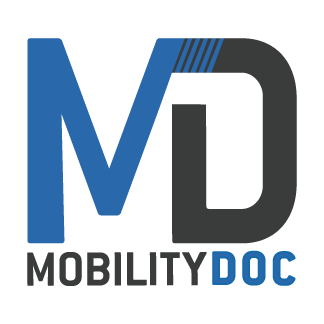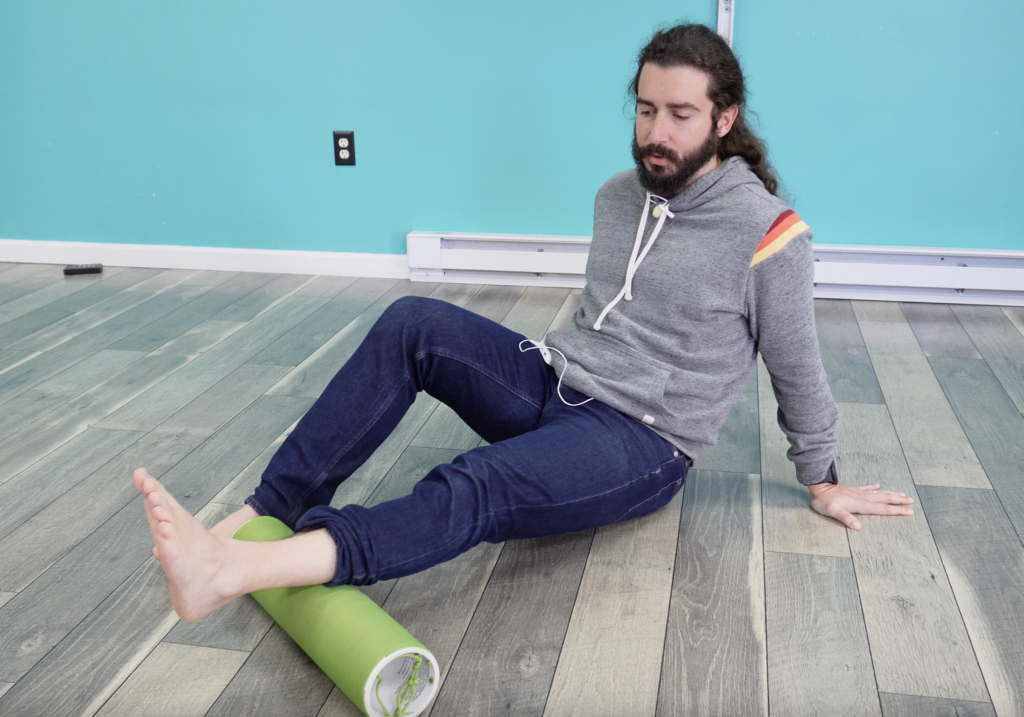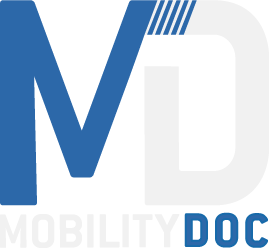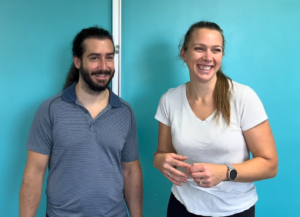Always used but not often thought of, the achilles tendon is constantly helping us get from A to B. Directly connected to the calf muscle, this tendon is the largest and strongest in the body (O’Brien, 2005). Because this tendon is so important we should be taking preventative measures to keep it healthy. So what are you doing to protect it? Let’s go over how achilles tendon injuries happen, preventative measures to keep you safe, and an ankle mobility routine to keep you healthy!
How Injuries Happen
Ruptures can happen to anyone but there are certain factors that make us more prone to injury. Having tight calf muscles or limited ankle mobility impacts the achilles tendon. There are also times when we go from not a lot of activity to being all in! A steep increase of physical activity can add stress to the tendon. This is especially true when your activity has a lot of running, jumping, and uphill movement. Other ways an injury of this kind can occur is if you fall from a height or trip into a hole. Usually the force, pressure, and sometimes angle can cause a rupture.
Symptoms associated with this kind of injury are pain and swelling in or around the heel and feeling sharp pain in the calf. If you feel like you’re having difficulty pointing your toes or trouble “pushing off” when you’re walking or running it’s possible you’ve injured your achilles. Make sure if you’re having symptoms like these you’re taking preventative measures or contact your local physician.
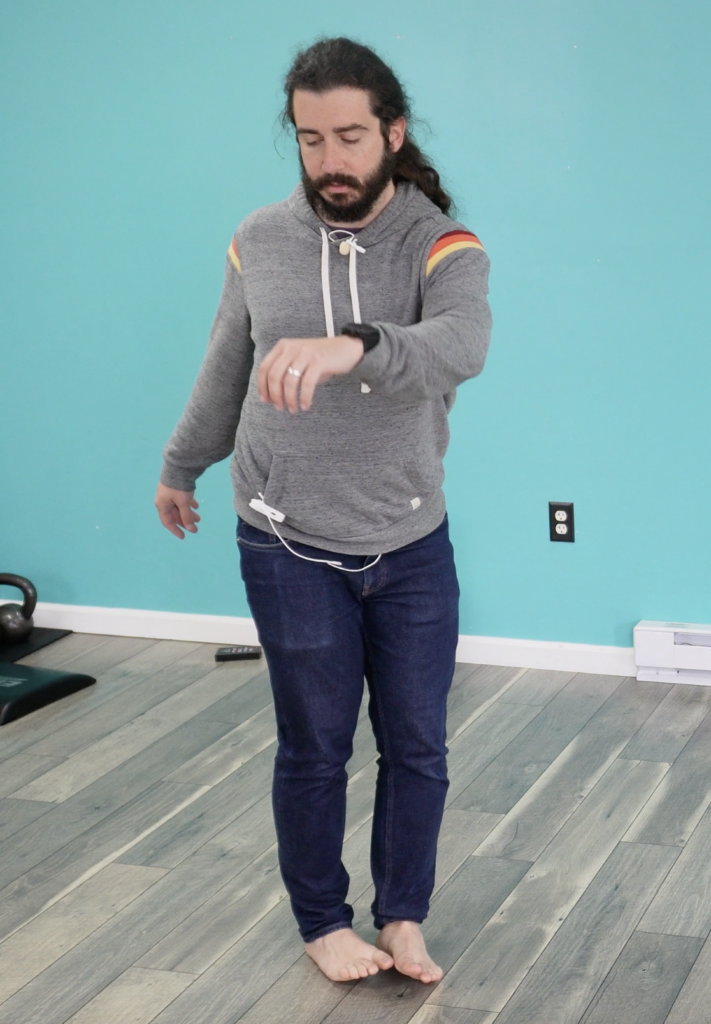
Keep Your Achilles Tendon Healthy
There are many ways to make sure you’re keeping your achilles tendon healthy. Some ideas are to alternate your high impact exercise with some low impact. That means instead of running all the time, make sure you incorporate walking, swimming, or cycling into your regular activities. That gives your tendon a little break! Also make sure that your calf is strong and flexible. If your calf gets too tight it will cause stress and strain on the tendon. Lastly, make sure if you start boosting your exercise routine you do it slowly. I know when most of us decide to do something we go all in! Be mindful of this and make sure things go gradually.
Ankle Mobility Routine
We have a great ankle mobility routine that not only stretches but strengthens the joint to help protect your achilles tendon. We start by rolling the calf to increase blood flow and get the muscle fibers laying well. Then we use the ankle dorsiflexion exercise to promote mobility through the entire joint. Lastly we use heel toe slides to strengthen the ankles and calf muscles.
Watch Our Ankle Mobility Exercises for Every Day Video
Whether you’re a weekend warrior or enjoy your trips to the beach, don’t let your achilles tendon become your achilles heel! If you’re feeling tight or discomfort through your calf or tendon take the time to do these quick and easy exercises. It only takes a few minutes compared to the weeks or months it takes to rehabilitate a tear or rupture.
A Journey To Recovery
Rachel Fatherly, a Penn State and Williamsport Alumni, is a high level decorated track athlete that specializes in shot put. She is a 7-time US Championship qualifier and an NCAA Division 1 All American Athlete. Rachel suffered from an achilles tear but it hasn’t slowed her down. After surgery she came to us for her physical therapy. Through lots of determination and hard work Rachel is back to doing what she loves. Already a two-time Olympic trail competitor, she has her sights set for the 2024 Paris Olympics! Back on top and throwing better than ever, we are so proud of the progress she’s made and can’t wait to continue cheering her on and supporting her as she achieves her dreams! Watch some of her journey to recovery here and keep your eyes out for her next summer!
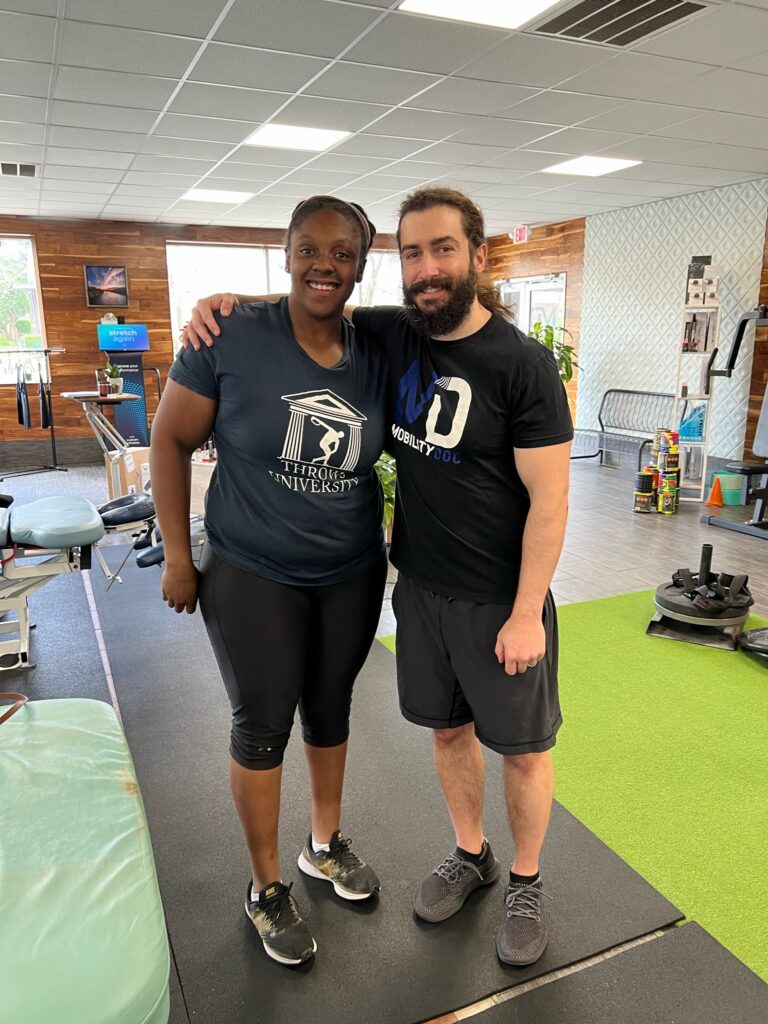
References:
O’Brien M. (2005). The anatomy of the Achilles tendon. Foot and ankle clinics, 10(2), 225–238. https://doi.org/10.1016/j.fcl.2005.01.011
Are you out of PT but not quite feeling 100%? We created programs just for people like you. Get that last 10% of recovery you need so you can feel yourself again! Check out our MDRx programs here! Don’t see something that fits you? Contact us and we’ll try and help!
